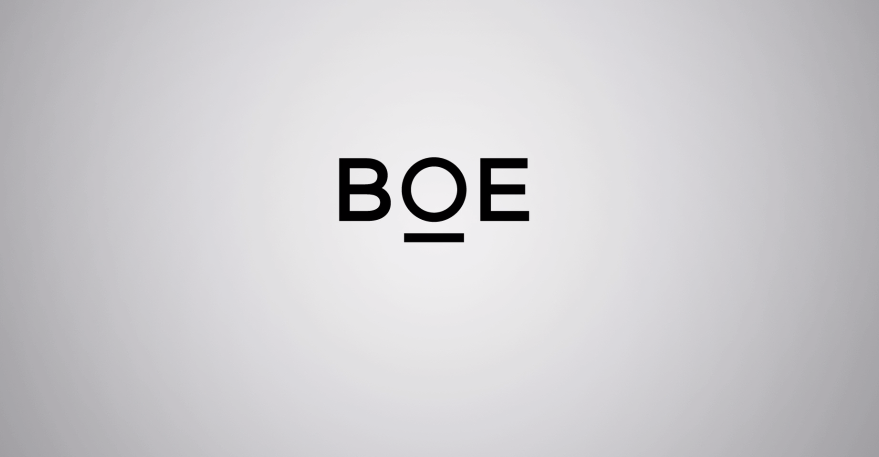For the visually impaired, touch is one of the ways they interact with their environment. This explains why braille uses raised dots. Talking about braille, the tactile system has not seen much development in recent years. Available electronic braille devices are super expensive and are very limited in the amount and type of content they can display. Things might change in the near future if a recent BOE patent becomes commercially available.

Chinese tech blog, ITHome, reports that the Chinese display company has patented a new solution that improves upon existing ones. Unlike current solutions which display limited content and are also quite slow, BOE’s solution is faster and has a larger area of function. The solution is made up of two devices: the main device is a touch display that works with a smaller device that is worn on the finger.
When the user wears the smaller tactile device and passes their hand over the touch device which is displaying an image, a sensor transmits information to the tactile device in form of haptic feedback that allows the user to “feel” what is being displayed. This solution is said to make it possible for the visually impaired to not be limited to only interacting with texts but also shapes and images in general.
We are not sure if BOE’s solution can be built into any sort of touch display. If that is the case, manufacturers can adopt the technology and incorporate it into their regular devices designed for those that can see so that the visually impaired can pick up such a device and be able to interact with it.
The patent was just published on January 26 and there is no info on the manufacturer’s plans for it. Nevertheless, we hope we get to see it in commercial devices soon.
RELATED:







